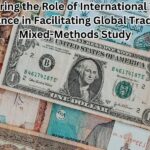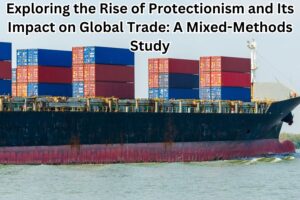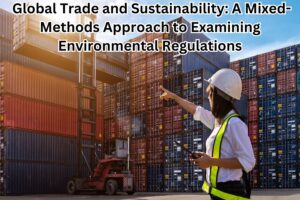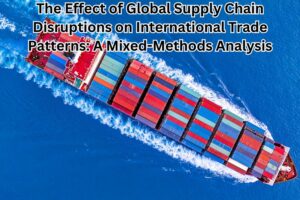Description
The Impact of Free Trade Agreements on International Trade Flows: A Mixed-Methods Approach
Abstract
A free trade agreement is an arrangement between at least two nations to diminish trade barriers (FTA). It intends to work with the selling and acquisition of labor and products across borders. The impacts of free trade agreements on international commerce flows are completely examined in this study utilizing a mixed-methods methodology. Free trade agreements have complicated and differed results on trade patterns. Although they are a fundamental piece of global financial strategy today. To give a careful comprehension of the impacts of (FTAs) on trade volumes, accomplice connections, and financial combination among part countries. This study coordinates both quantitative and qualitative information.
Utilizing econometric models, this study looks at the trade flow information between nations with free trade agreements at the quantitative stage. Utilizing different measurements, for example, changes in trade volume and tax decrease levels, it evaluates the distinct impacts of free trade agreements on trade dynamics. For example, the factors like Gross domestic product development, distance, and political worries considered. The review offers an exhaustive image of what free trade agreements mean for bilateral trade associations across various districts. However the qualitative phase adds to this with social event perspectives from officials, trade specialists, and business pioneers through contextual investigations and meetings. However these meetings empower a careful handle on the reasoning behind free trade agreements. The difficulties faced by organizations working in trade-bloc conditions.
To give an exhaustive handle of what free trade agreements imply for worldwide trade. The study expects to overcome any barrier between theoretical frameworks and real-world trade experiences by integrating the two strategies. A mixed-methodologies approach would utilize both quantitative data analysis and qualitative research methods. A mixed-methods approach, which consolidates qualitative experiences into partner viewpoints with quantitative information on trade volumes, may give a more nuanced comprehension of the difficult implications of free trade agreements. However to stay away from any expected adverse consequences and expand the advantages of free trade agreements, strategy thoughts could profit from the direction of various viewpoints.
Read more about the topic
Free Trade Agreements in the world trade system: Benefits and Model
The Effect of Free Trade Agreements on Bilateral Trade Flows: The Case of Cefta
View Other Projects on International Trade








Reviews
There are no reviews yet.